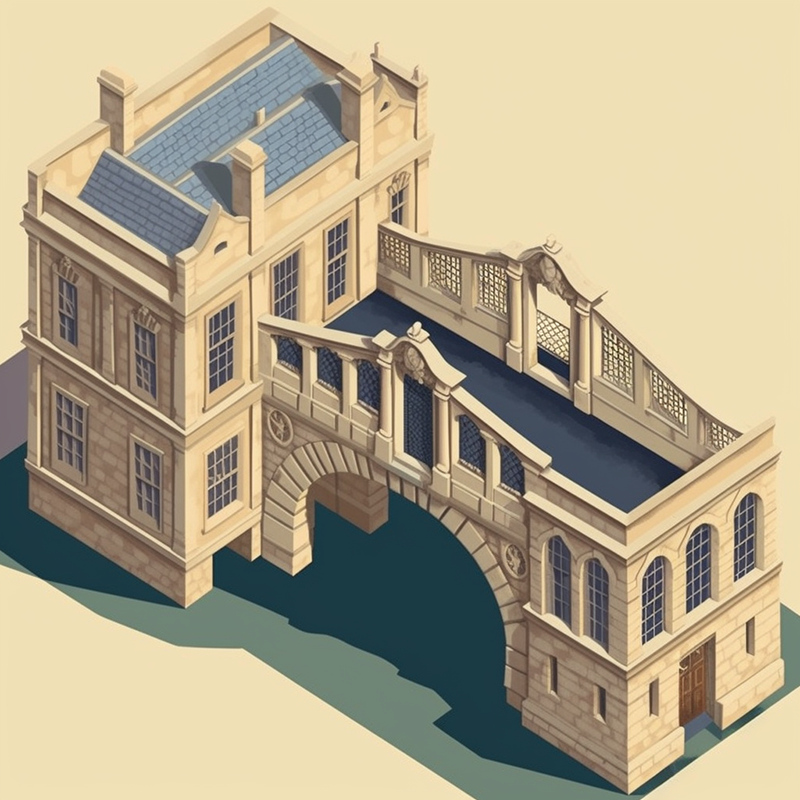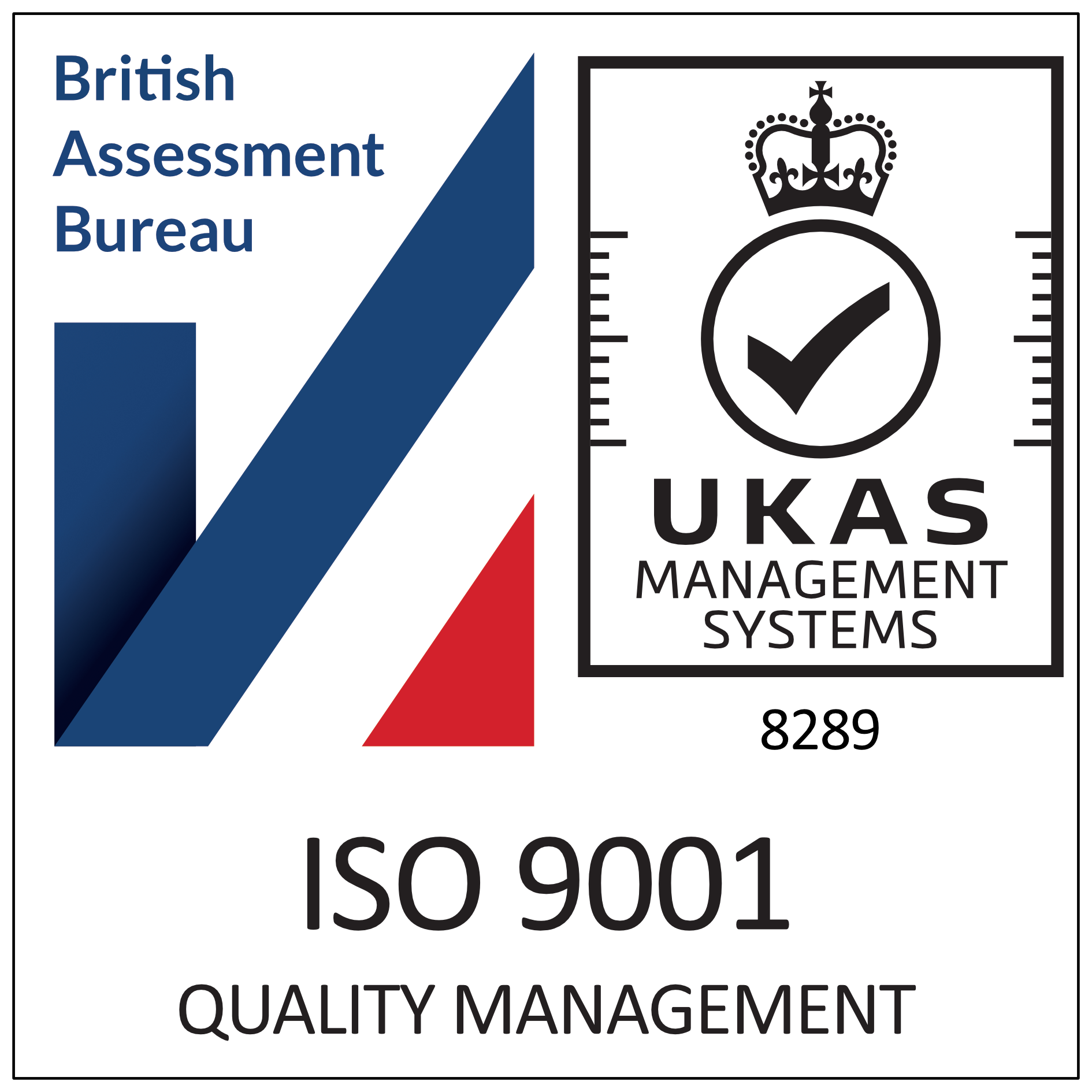Commissioning a web design project (or any digital media project for that matter) can be a pretty daunting exercise, especially for the uninitiated. Getting what you actually need out of the project at the end can be even harder. Why? It's a lot like building a house except that it is pretty easy to test whether a builder or architect knows what they are doing. How do you know what to test for in a digital media project?
Wouldn't it be nice if there was a simple set of guidelines for clients and developers to follow? How useful would it be if you could strip all the jargon away and understand in simple, human terms what was required?
This is a seven part (ok, eight part if you include this introduction) broad-stroke explanation of everything you need to think about before anyone sets pixel to screen. We call each part a 'cornerstone' because without it, a project will almost certainly fail to fulfill its potential. In fact, we use these seven cornerstones when developing a blueprint for any project; it's a way of the client knowing what they are going to get and understanding what they have before they start.
And what are these seven cornerstones?, you ask… They are:
1) Purpose
2) Functionality
3) Content
4) Accessibility
5) Design
6) Promotion
7) Support
Throughout this series I will be using the analogy of building a house (as youmay have seen on the front of our site); it has a great deal of overlap and relevance to web design and digital development.






